How Deep to Plant Zinnia Seeds: A Comprehensive Guide
Introduction
Zinnias are among the most beloved flowers in the gardening world, known for their vibrant colors, easy-to-grow nature, and long blooming period. Whether you are a seasoned gardener or a beginner, zinnias offer a rewarding experience with minimal effort. One of the most common questions when it comes to starting zinnias is, “How deep should you plant zinnia seeds?” In this comprehensive guide, we will explore the best practices for planting zinnia seeds, how to ensure they thrive, and tips for maintaining healthy zinnia plants throughout the growing season.
Why Grow Zinnias?
Before diving into the planting depth, it’s essential to understand why zinnias are such a popular choice among gardeners:
- Variety of Colors: Zinnias come in nearly every color imaginable, from bold reds and oranges to soft pastels, making them perfect for any garden theme.
- Attract Pollinators: They are excellent for attracting butterflies, bees, and other pollinators, contributing to the overall health of your garden.
- Long Blooming Season: Zinnias bloom from late spring until the first frost, providing continuous beauty.
- Low Maintenance: These flowers are hardy and require minimal care, making them ideal for beginners.
Choosing the Right Zinnia Seeds
Before planting, select the zinnia variety that best suits your garden’s needs. There are three main types of zinnias:
- Zinnia elegans (Common Zinnias): The most popular type, known for its large blooms and wide color range.
- Zinnia angustifolia (Narrowleaf Zinnias): These have smaller, daisy-like flowers and are more drought-tolerant.
- Zinnia haageana (Mexican Zinnias): Compact and bushy, they are perfect for borders and container gardening.
When choosing seeds, consider the flower’s size, height, and growth habits to match your gardening preferences.
How Deep to Plant Zinnia Seeds
The ideal planting depth for zinnia seeds is crucial to ensure proper germination and growth. Here’s a detailed guide on how deep you should plant them:
- Planting Depth: Zinnia seeds should be planted about ¼ inch (0.6 cm) deep. This shallow planting allows the seeds to access enough moisture and warmth for germination.
- Spacing: Space the seeds approximately 6 to 12 inches (15 to 30 cm) apart, depending on the variety. Larger varieties need more room to spread, while smaller ones can be planted closer together.
- Covering the Seeds: After placing the seeds in the soil, cover them lightly with fine soil or compost. Avoid pressing the soil too firmly, as this can hinder the seeds from sprouting.
The Ideal Soil for Planting Zinnia Seeds
Zinnias thrive in well-draining, loamy soil with a slightly acidic to neutral pH (6.0 to 7.5). Here’s how to prepare your soil:
- Soil Preparation: Loosen the soil to a depth of about 8 to 10 inches (20 to 25 cm) to ensure good root growth. Mix in compost or well-rotted manure to improve fertility and drainage.
- Avoid Clay Soils: Heavy clay soils can retain too much moisture, causing seeds to rot. Amend clay soils with sand or organic matter to enhance drainage.
When to Plant Zinnia Seeds
Timing is crucial for zinnia seed planting. Here’s when to plant them:
- Outdoor Planting: Zinnia seeds can be planted outdoors once the danger of frost has passed, typically in late spring. The soil temperature should be consistently above 60°F (16°C) for optimal germination.
- Indoor Planting: For an early start, plant seeds indoors 4 to 6 weeks before the last expected frost date. Use seed trays or small pots filled with a seed-starting mix.
How to Plant Zinnia Seeds: Step-by-Step Guide
Follow these steps to plant zinnia seeds correctly:
Step 1: Choose a Sunny Location
Zinnias thrive in full sun, requiring at least 6 to 8 hours of direct sunlight daily. Select a sunny spot in your garden for the best results.
Step 2: Prepare the Soil
Loosen the soil, remove weeds, and add compost to enrich it. Ensure the soil is well-draining and not waterlogged.
Step 3: Plant the Seeds
Sow the zinnia seeds ¼ inch deep and space them according to the variety’s requirements. Cover them lightly with soil and water gently.
Step 4: Water the Seeds
Keep the soil consistently moist until germination occurs, usually within 5 to 10 days. Avoid overwatering, as zinnia seeds can rot in soggy soil.
Caring for Zinnia Seedlings
Once your zinnia seeds have germinated, follow these care tips:
- Thinning: When seedlings reach about 2 inches tall, thin them out to prevent overcrowding. Maintain the recommended spacing to ensure healthy growth.
- Watering: Water deeply once or twice a week, depending on weather conditions. Allow the soil to dry slightly between waterings to avoid fungal diseases.
- Fertilizing: Apply a balanced, water-soluble fertilizer every 4 to 6 weeks during the growing season. Over-fertilizing can lead to excessive foliage growth and fewer blooms.
Common Problems and How to Avoid Them
Zinnias are generally hardy, but they can encounter a few problems:
- Powdery Mildew: This fungal disease appears as white powdery spots on leaves. To prevent it, water at the base of the plants, ensuring good air circulation.
- Aphids and Spider Mites: These pests can damage zinnias by sucking the sap from the leaves. Use insecticidal soap or neem oil to control infestations.
- Leggy Growth: If zinnias become tall and spindly, they may be lacking sunlight. Ensure they receive full sun, and pinch back the stems to encourage bushier growth.
When to Harvest Zinnia Seeds
Zinnias are excellent for saving seeds for future planting. Follow these steps to harvest seeds:
- Allow the Flowers to Dry: Let the flowers remain on the plant until they turn brown and dry out completely.
- Collect the Seeds: Once dried, gently pull apart the flower heads and remove the seeds.
- Store Properly: Store the seeds in a cool, dry place in a labeled envelope or container.
Companion Planting with Zinnias
Zinnias make great companions for various vegetables and flowers. Here’s how they can benefit your garden:
- Attracting Pollinators: Zinnias attract beneficial insects, improving pollination for nearby plants such as tomatoes, cucumbers, and squash.
- Pest Control: Zinnias can help deter pests like aphids and whiteflies when planted near vegetables.
Using Zinnias in Floral Arrangements
Zinnias are not only beautiful in the garden but also make stunning cut flowers. Here are some tips for creating floral arrangements:
- Harvest in the Morning: Cut zinnias early in the morning when they are fully hydrated.
- Use a Clean Vase: Place the flowers in a clean vase filled with fresh water and a floral preservative to extend their vase life.
- Change Water Regularly: Replace the water every two days to keep the flowers fresh.
Conclusion
Planting zinnia seeds is a simple yet rewarding gardening experience. By understanding how deep to plant zinnia seeds—at the right depth of ¼ inch—providing proper care, and maintaining the ideal growing conditions, you’ll be rewarded with a stunning display of colorful blooms throughout the season. Whether you’re looking to add a splash of color to your garden, attract pollinators, or create beautiful floral arrangements, zinnias are the perfect choice. So grab your seeds, prepare your soil, and enjoy the vibrant beauty of zinnias in your garden!


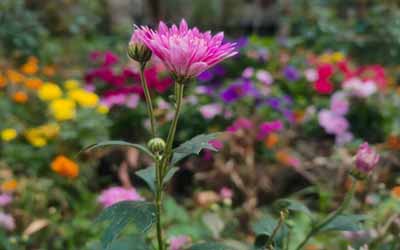

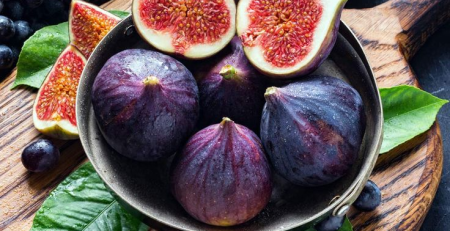
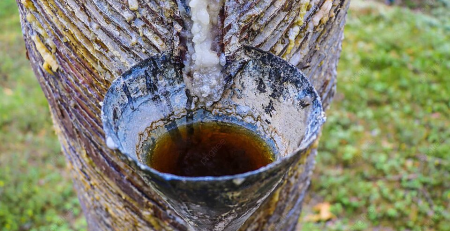
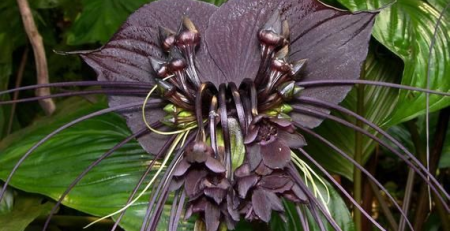
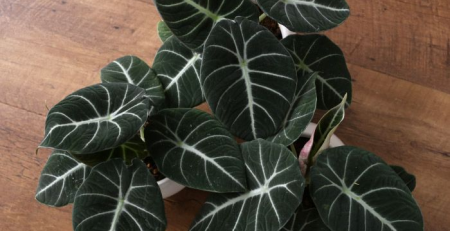
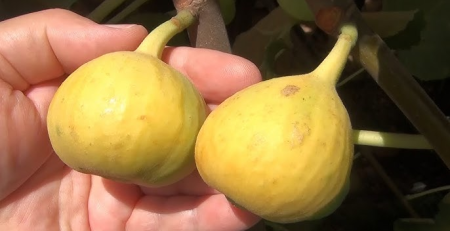
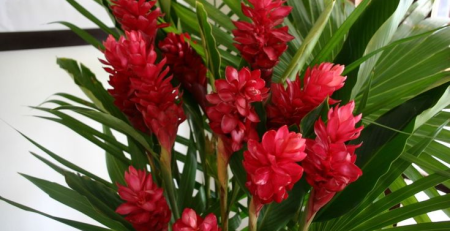
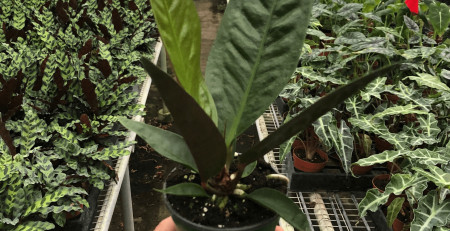
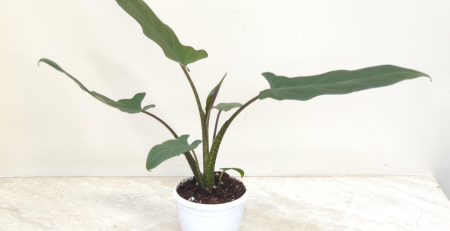
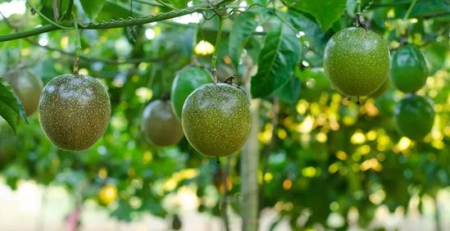
Leave a Reply